The Intersection of Art Therapy, Personal Development, and Self-Discovery
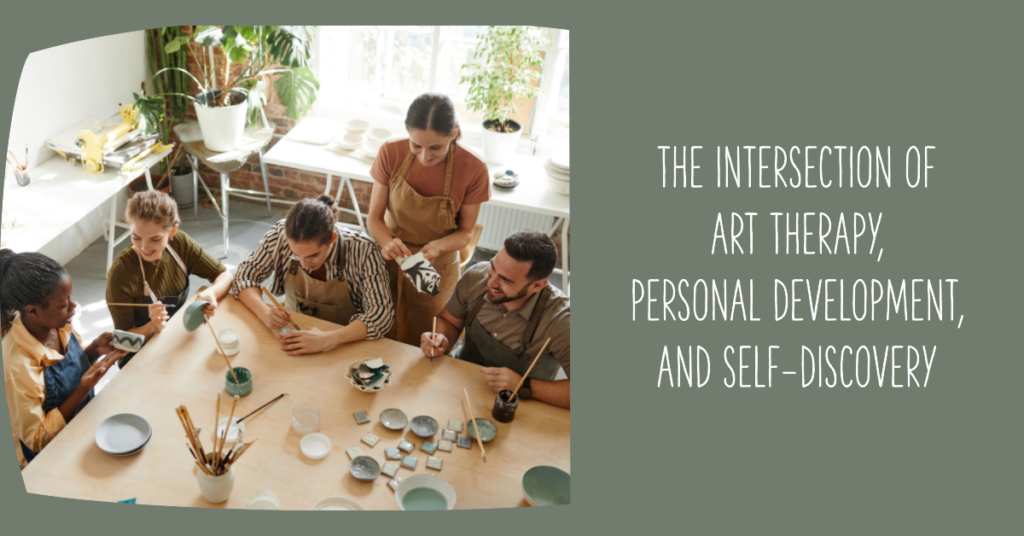
Art therapy combines the creative process and psychotherapy, facilitating self-exploration and understanding. Using imagery, color, and shape as part of this creative therapeutic process, thoughts and feelings can be expressed that would otherwise be difficult to articulate.
What is Art Therapy?
Art therapy is a form of expressive therapy that uses art materials, such as paints, chalk, and markers. This therapeutic practice encourages individuals to express and understand emotions through artistic expression and through the creative process. Learn more about art therapy and how it is used in a therapeutic setting.
The Intersection of Art Therapy and Personal Development
At its core, art therapy is about personal development. It’s about unlocking and understanding your inner self, your struggles, and your strengths. It’s a journey of self-discovery, guided by the gentle hand of creative expression.
Art Therapy as a Self-Discovery Tool
Art therapy can be a powerful tool for self-discovery. Through creating art and reflecting on the art products and processes, people can increase awareness of self and others, cope with symptoms, stress, and traumatic experiences, enhance cognitive abilities, and enjoy the life-affirming pleasures of making art.
Art Therapy: Personal Development and Self Healing with Art
Art therapy isn’t just a tool for self-discovery; it’s also a pathway for personal development and self-healing. By engaging in art therapy, individuals can explore their emotions, confront unresolved issues, and ultimately, foster personal growth and healing. Many platforms such as ours offer courses on Art Therapy for Personal Development and Self Healing.
Self-Healing with Art
Art therapy promotes self-healing by allowing individuals to express and process their emotions through creative expression. This can lead to a deeper understanding of oneself, providing a sense of relief and resolution. Art Therapy Courses can guide you through the process of self-healing with art.
Personal Development through Art
Engaging in art therapy can lead to significant personal development. As individuals express themselves through art, they can gain insights about their personal experiences, behaviors, and feelings. This understanding can lead to personal growth and improved self-esteem.
Art Therapy Techniques, Activities & Exercises
There are a multitude of art therapy techniques that can be utilized to facilitate self-expression and personal growth. These techniques range from painting and sculpting to digital art creation. Explore more about the different art therapy techniques here.
Art Therapy Activities For Self-Discovery
Art therapy offers a variety of activities designed for self-discovery. These activities help individuals to explore their emotions, confront unresolved issues, and foster personal growth.
Self-Discovery through Art
Art therapy is a transformative tool that helps individuals learn more about their inner selves. It is through the process of creating that individuals can peel back the layers of their consciousness and explore their emotions, thoughts, and experiences.
The artwork created can act as a mirror, reflecting the creator’s internal world, and revealing insights that may have been previously overlooked or suppressed. This process of self-discovery can promote personal growth and self-understanding.
Examples of Self-Discovery through Art
1. Visual Journaling: This involves creating a daily or regular visual diary, using images, colors, and patterns to express thoughts and emotions that might be difficult to put into words. Over time, patterns may emerge in the journal that reveal recurring themes or issues, providing insight into one’s emotional landscape.
2. Collage Making: This art therapy activity involves cutting out images, words, or pictures from magazines or other sources and arranging them into a new image or scene. The choices made in selecting and arranging the images can reveal subconscious thoughts and feelings, providing an opportunity for self-reflection and discovery.
3. Sculpting: Using clay or other sculpting materials, individuals can create three-dimensional representations of their thoughts, feelings, or experiences. The tactile nature of sculpting can also help individuals connect more deeply with their emotions.
Art Therapy Exercises For Self-Discovery
Art therapy involves a variety of exercises, each designed to cater to different needs and objectives. These exercises can facilitate emotional healing, improve self-esteem, reduce stress, and foster a sense of self-understanding.
Examples of Art Therapy Exercises
1. Painting to Music: This exercise involves listening to music and painting what comes to mind or what feelings the music evokes. This can help individuals express emotions that they might have trouble articulating.
2. Self-Portrait: Creating a self-portrait can be a powerful way for individuals to express their self-perception and identity. It can reveal how they view themselves and how they believe others see them.
3. Dream Illustration: This exercise involves drawing or painting a recent dream. Analyzing the artwork can help individuals understand their dreams better and gain insights into their subconscious thoughts and feelings.
4. Mandala Drawing: Mandalas are geometric patterns that can represent the self and the universe. Creating a personal mandala can be a meditative and introspective exercise, providing insight into one’s inner self.
5. Digital Art Creation: With the advent of technology, digital art has become an increasingly popular medium in art therapy. Individuals can use digital tools to create artwork, offering a different avenue for self-expression and exploration.
Art Therapy For Personal Growth
Art therapy can serve as a catalyst for personal growth. By encouraging self-expression and providing a safe space to explore and confront emotions and experiences, art therapy can foster a deeper understanding of oneself and stimulate personal development. This growth can manifest in various ways, such as improved self-esteem, enhanced coping skills, and a better understanding of one’s feelings and behaviors.
Examples of Personal Growth through Art
1. Increased Self-awareness: As individuals create and reflect on their artwork, they can gain insights into their emotions, thoughts, and behaviors, increasing their self-awareness.
2. Enhanced Emotional Regulation: Through expressing their emotions in a creative way, individuals can learn to recognize, understand, and manage their feelings more effectively.
3. Improved Problem-solving Skills: Art therapy can help individuals visualize solutions to problems in a unique and creative way, thereby enhancing their problem-solving skills.
4. Boosted Self-esteem: The process of creating and achieving personal goals in art therapy can foster a sense of accomplishment and boost self-esteem.
Art Therapy For Personal Growth of Adults & Teens
Art therapy is beneficial for all age groups, including adults and teenagers. For adults, art therapy can provide a creative outlet for stress and a tool for personal growth. For teenagers, it can help navigate the complex emotions and challenges of adolescence.
Art Therapy for Adults
Adults can greatly benefit from art therapy. Whether it’s navigating life transitions, coping with stress, or seeking personal growth, art therapy provides a creative outlet for self-expression and exploration.
Teenagers and Art Therapy
Teenagers, too, can reap the benefits of art therapy. Adolescence can be a tumultuous time, and art therapy can provide teenagers with a safe and constructive outlet to express their feelings and navigate their emotional challenges.
Art Therapy Activities, Exercises and Techniques For Self-Awareness
Art therapy provides a powerful pathway to self-awareness. By translating feelings and thoughts into a visual medium, individuals can reflect upon their inner world, gaining insights that may not be as apparent through verbal or written communication. Here are some specific art therapy activities that can foster self-awareness:
Examples of Art Therapy Activities for Self-Awareness
1. Emotion Wheel: In this activity, individuals create a wheel with different sections representing various emotions (e.g., joy, anger, sadness, etc.). They can then color or decorate each section based on how much of that emotion they’re experiencing at the moment. This can help individuals recognize and acknowledge their feelings.
2. Body Map: This involves drawing an outline of the body and then using colors, symbols, or images to represent different physical sensations or emotions in various parts of the body. This can increase awareness of the connection between the physical body and emotions.
3. Personal Timeline: Creating a visual timeline of significant life events can help individuals understand how past experiences have shaped their current thoughts, feelings, and behaviors. They can use symbols, colors, or images to represent different events and their emotional impact.
4. Masks: Making a mask can be a powerful way to explore one’s identity and self-perception. Individuals can create two sides of the mask, one representing their public persona and the other representing their private self. This can help individuals understand the differences between how they present themselves to the world and how they feel inside.
Art Therapy Activities for Depression
Art therapy has shown to be effective in managing symptoms of depression. The creative process involved in expressing one’s self artistically can help individuals to resolve issues as well as develop and manage their behaviors and feelings, reduce stress, and improve self-esteem and awareness. Learn more about how art therapy can be used to combat depression.
Art Therapy Activities for Anxiety
Art therapy can also be a powerful tool in managing and reducing anxiety. It provides a new medium through which individuals can express their feelings and thoughts, reducing the power of these thoughts over their everyday life. Discover more about the art therapy activities for anxiety.
Non-Clinical Art Therapy Practitioner
Not all art therapy practitioners work in a clinical setting. Some use their skills in educational, community, or corporate settings. The role of a non-clinical art therapy practitioner can be just as fulfilling and impactful as that of a clinician. Read more on how you can embrace your role as a non-clinical art therapy practitioner.
Clinical vs Non-Clinical Art Therapy: What’s the Difference?
While both forms of therapy can be beneficial, there are some distinct differences between clinical and non-clinical art therapy. Understanding these differences can help you decide which path is right for you. Check out this guide to learn more.
Becoming an Art Therapy Practitioner
The journey to becoming an art therapy practitioner is a fulfilling and rewarding one. It requires training, certification, and a commitment to helping others through the power of creative expression.
Art Therapy Practitioner Training Course
The first step on this journey is to undertake a comprehensive Art Therapy Practitioner Training Course. This course will equip you with the necessary skills and knowledge to use art as a therapeutic tool effectively.
Art Therapy Certification and Licence
After completing the training course, the next step is to obtain certification and licensure. This ensures that you meet certain professional standards and have the requisite skills to practice art therapy effectively. Read more about Art Therapy Certification and Licence here.
Special Topics in Art Therapy
Art therapy can be applied to a wide range of situations and issues. Some special topics in this field include the use of art therapy for sleep and for teenagers.
Art Therapy for Sleep
Art therapy can be a helpful tool in improving sleep quality. The calming effect of creating art can help to reduce insomnia and promote better sleep. Find out more in the Ultimate Guide to Art Therapy for Sleep.
Art Therapy for Teenagers: Benefits and Techniques
Art therapy can be particularly beneficial for teenagers, helping them to navigate the often turbulent emotions and challenges of adolescence. Learn more about Art Therapy for Teenagers: Benefits and Techniques.
Conclusion
Art therapy is a powerful tool for personal development and self-discovery. Whether you’re seeking it for your own personal growth or considering it as a career path, understanding the scope, techniques, and impact of art therapy can open the door to a world of self-exploration and healing.
Frequently Asked Questions
- What is art therapy? Art therapy is a form of expressive therapy that uses the creative process of making art to improve a person’s physical, mental, and emotional well-being.
- Who can benefit from art therapy? Anyone can benefit from art therapy. It’s used to help people of all ages explore their emotions, improve self-esteem, manage addictions, relieve stress, improve symptoms of anxiety and depression, and cope with a physical illness or disability.
- How does art therapy promote personal development? Art therapy promotes personal development by allowing individuals to express emotions and thoughts that may be difficult to articulate in words. Through creating and reflecting on their art, individuals can gain insights about themselves, thus fostering personal growth and self-understanding.
- What’s the difference between clinical and non-clinical art therapy? Clinical art therapy typically takes place in a therapeutic setting with a licensed professional and is often used to help individuals cope with mental health issues. Non-clinical art therapy, on the other hand, may take place in a variety of settings and can be used for personal growth, stress relief, and self-expression.
- How do I become an art therapist? Becoming an art therapist generally involves obtaining a degree in art therapy or a related field, completing a specific number of supervised clinical hours, and passing a certification exam.


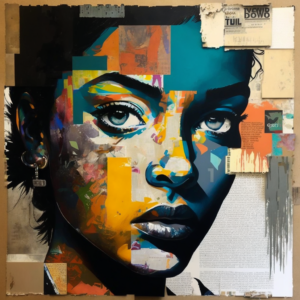
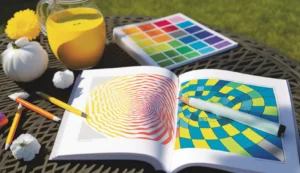

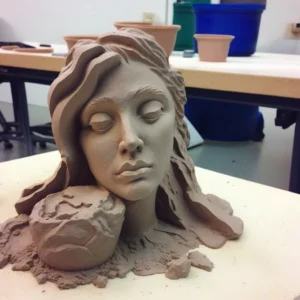
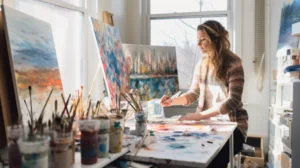
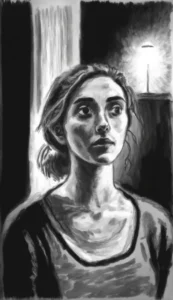
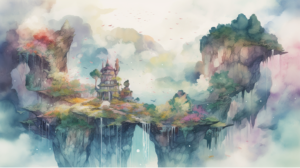
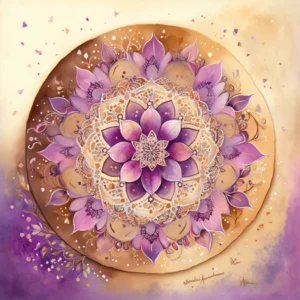
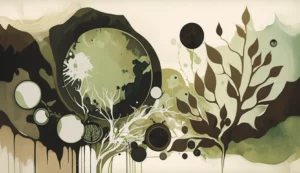
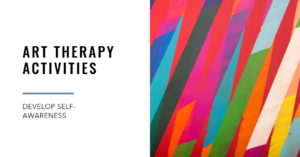
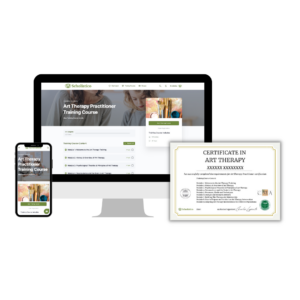
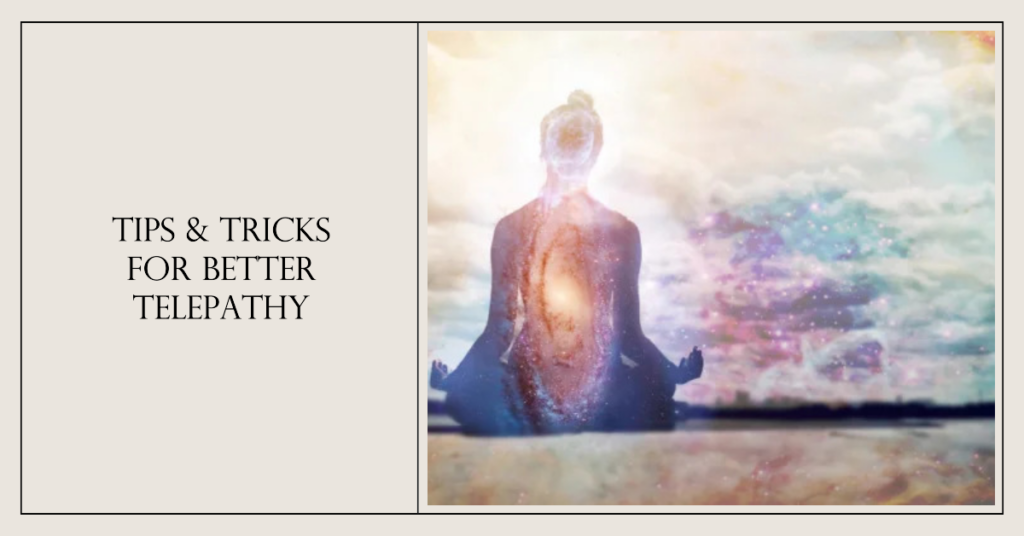

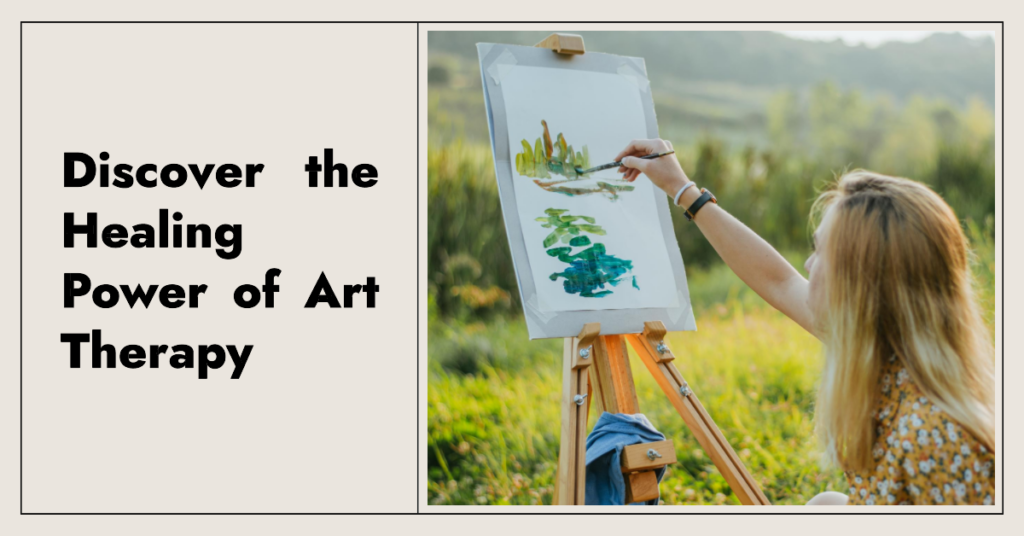
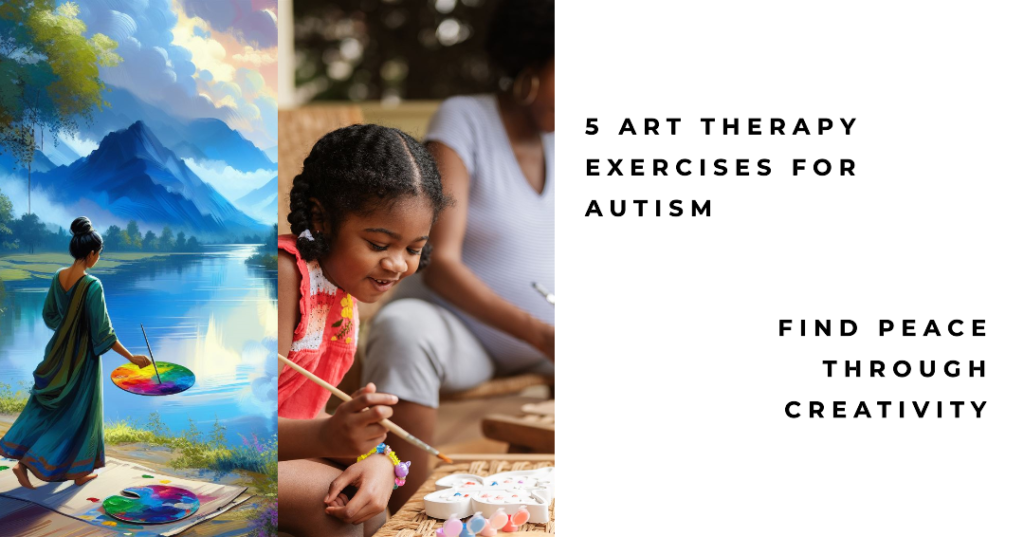
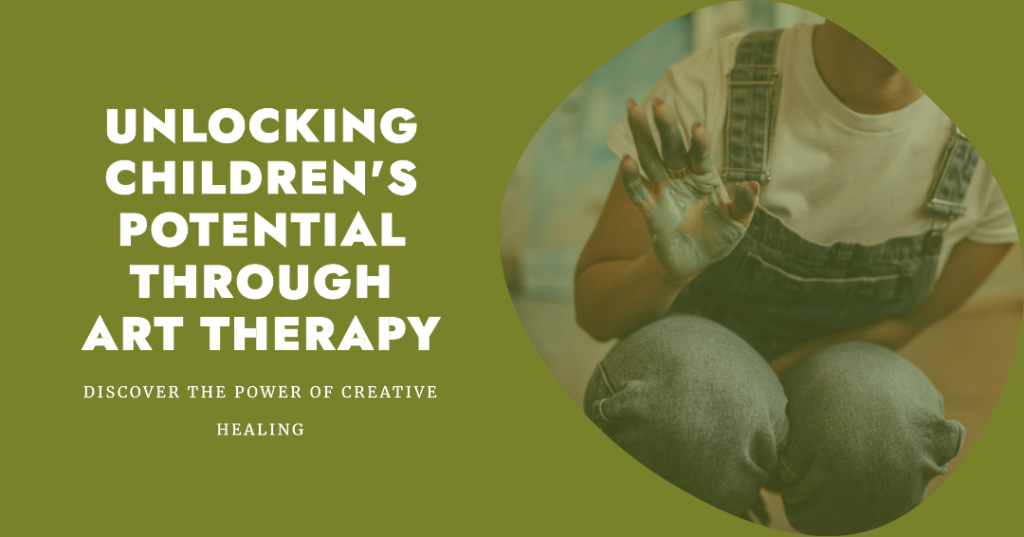




[…] Developing Coping Skills: Art therapy allows teenagers to explore problem-solving abilities, thus building up their coping skills. […]
[…] can manifest in various forms and can affect each individual differently. The use of art therapy offers a personal and unique approach to coping with these feelings. It invites an individual to create and reflect […]